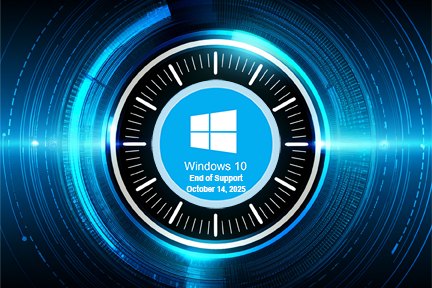Windows 10 Support Is Ending. You Have Options—And a Smarter One.
Don’t rewrite apps. Don’t refresh hardware.
Don’t risk compliance.
Explore your strategic alternatives for Windows 10 end-of-life without the disruption.
Windows 10 reaches end-of-life on October 14, 2025. Microsoft’s “solutions,” buying ESUs or migrating to Windows 11, come with steep costs, delays, and disruptions.
What if you could deliver your Windows 10 applications securely via browser without rewriting code, replacing devices, or managing new infrastructure?

White Paper: Beyond Migration
Why the most common EOL paths fail—and how modern, browser-based app delivery offers a smarter way forward.
Download White PaperComparison Guide: Windows 10 EOL Options
Compare all five strategies from ESUs to hardware refreshes to cloud delivery. Cost, risk, and complexity broken down side-by-side.
Get the GuideSolution Brief: Deliver Apps Without Rewrites
Short on time? This 2-minute overview explains how Sonet.io delivers your existing Windows apps securely from any browser, with zero infrastructure.
Read the BriefWhy This Matters Now
- 50%+ of enterprise devices still run Windows 10 (StatCounter)
- ESUs cost $427 per device over 3 years (Microsoft)
- The average cost of a data breach is $4.45 million (IBM, 2023)—doing nothing carries serious risk
- A full hardware refresh can exceed $1,000 per user
- Legacy apps often require months of refactoring to support Windows 11
Sonet.io helps you move forward without costly tradeoffs. Run your business-critical apps post-EOL—securely and fast.
.png?width=200&height=200&name=SonetLogo-7893x4501%20(1).png)




